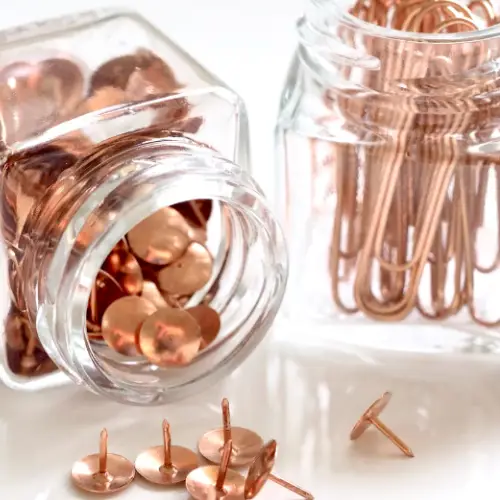Copper and environmental protection: a new choice for sustainable development
In today's society, environmental awareness is growing and more and more people are concerned about sustainable development and ecological protection. As a high-quality metal material, copper violet's potential in the field of environmental protection is gradually being recognized. In this paper, we will discuss the characteristics of copper violet, its environmental advantages and its application in sustainable development.

Basic Characteristics of Copper Violet
Purple copper, also known as electrolytic copper, has a very high purity (generally above 99.9%), and its electrical and thermal conductivity is the highest of all metals. Purple copper has a reddish color and develops a green patina over time, a characteristic that makes it popular for artwork and architectural decoration. Due to its good ductility and workability, copper violet can be fabricated into a variety of shapes and sizes, and is widely used in the fields of electricity, electronics, and construction.
Environmental Advantages of Copper
Recyclability
Copper Violet has an extremely high recycling rate and can be reused almost 100%. This means that products made with copper violet can be re-melted and made into new products through a recycling process at the end of their life cycle, reducing the waste of resources and the need to mine new mineral resources. Recycling copper not only reduces energy consumption, but also reduces the impact on the environment.
Low Carbon Footprint
Copper Violet produces relatively few greenhouse gases such as carbon dioxide during production and processing. Compared to other metals, the smelting process of copper violet requires less energy, which reduces the carbon footprint of the production process. This property gives copper its place among environmentally friendly materials.
Corrosion Resistance
Copper has excellent corrosion resistance and is able to withstand most chemicals, making it an ideal material for many industrial and construction applications. The use of corrosion-resistant materials extends the life of products and reduces the need for frequent replacements and maintenance, thereby minimizing the waste of resources.
Copper in Sustainability
Architecture and Interior Design
More and more architects and designers are starting to use copper as a decorative material. It is not only aesthetically pleasing, but also provides good durability for buildings. For example, copper roofs and facades can reduce the burden on the environment while lowering maintenance costs.
Electrical and Electronic Products
Due to its excellent electrical conductivity, copper violet is widely used in electrical products such as cables and connectors. Electrical equipment made from copper typically offers better performance and a longer service life, helping to reduce resource consumption and environmental impact.
Arts & Crafts
In crafts and art production, copper is favored for its unique color and malleability. Artists can utilize recycled copper materials to create unique works of art that showcase their personal style while communicating an environmental message.
Conclusion
As environmental awareness increases, the advantages of copper as a sustainable material are becoming more and more significant. By recycling and reducing resource consumption, copper not only plays an important role in industrial applications, but also shows unlimited possibilities in the field of art and design. Choosing copper is not only a quest for high quality materials, but also a firm support for environmental protection and sustainable development. In the future, copper alloy is expected to realize its environmental potential in more fields, contributing to the building of a greener earth.